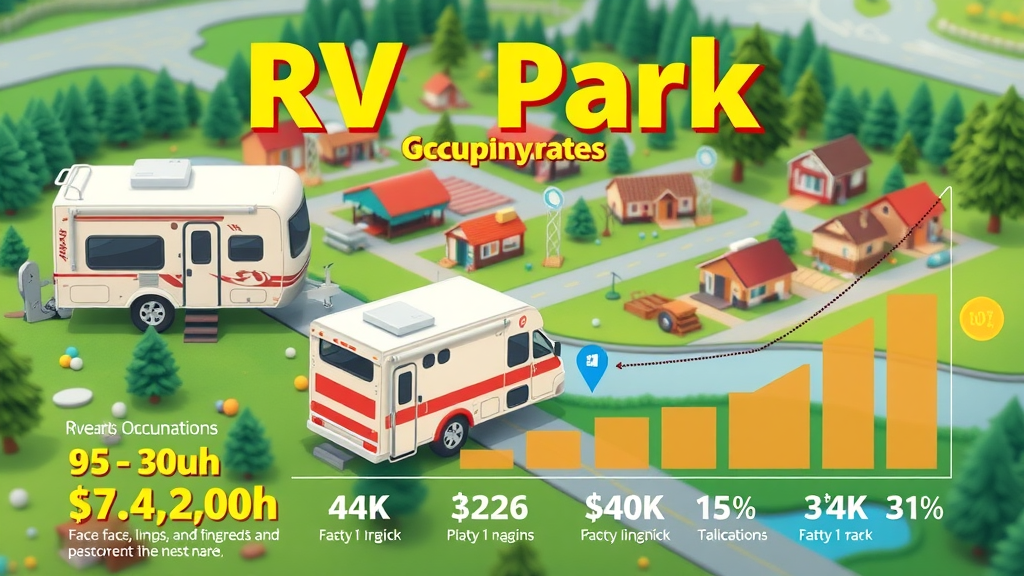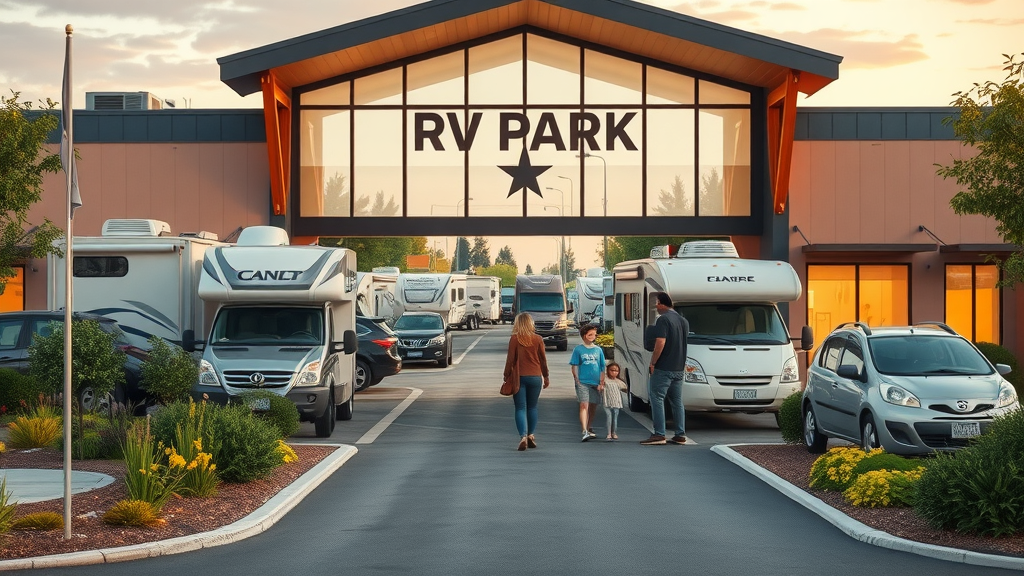
Understanding the Proposed Changes in Overtime Rules
The Department of Labor (DOL) has recently laid out proposed changes that could shake up the work landscape across the U.S., particularly for small businesses. These proposed updates aim to modify the salary threshold for overtime eligibility, potentially affecting millions of workers. Currently, the salary threshold stands at $684 per week, but the DOL plans to raise this to $58,656 annually—or approximately $1,126 weekly—by January 1, 2025.
The Impact on Small Businesses
For small businesses, the increase in the salary threshold could translate into significant payroll costs. Employers may need to reevaluate their staffing strategies and job classifications to adapt to increased labor expenses. Many small businesses already operate on tight budgets, and these new regulations could place additional strain on their finances. Owners will need to navigate these changes carefully to maintain compliance while ensuring their businesses remain financially viable.
Enhanced Employee Management Needs
In light of these proposed changes, effective employee management becomes even more critical. Business owners should review job descriptions and make adjustments as necessary. It's also advisable to implement robust employee management solutions that ensure clarity in role definitions and compensation guidelines. Keeping accurate records of employee hours worked will help avoid any legal gray areas regarding overtime pay, thereby safeguarding the business from potential lawsuits.
Recruitment and Talent Acquisition Benefits
Expanding overtime eligibility has the potential to benefit small businesses seeking to attract and retain skilled workers. Offering competitive compensation packages, along with enhanced overtime eligibility, can make small businesses more attractive in a competitive job market. Enhanced employee satisfaction can lead to a stronger workplace culture, helping businesses stand out in recruitment endeavors.
Compliance Challenges Ahead
The landscape of labor laws continues to shift, and small businesses must familiarize themselves with updated regulations to avoid legal ramifications. Misclassification of employees or failure to comply with new overtime rules may lead to judicial penalties and financial liabilities. Engaging in proactive workforce planning and familiarizing oneself with labor laws is essential to navigate this challenging landscape effectively.
Keeping an Eye on Future Trends
The proposed changes indicate a broader trend aimed at addressing wage stagnation and the growing income inequality experienced by many workers. Anticipating further modifications in labor laws will enable businesses to stay ahead of the curve and equip themselves for emerging opportunities. Small business owners must leverage new regulatory frameworks to innovate and improve business practices continually.
Common Misconceptions About Overtime Pay
One common misconception is that only hourly employees qualify for overtime pay. In fact, many salaried employees may now be entitled to overtime compensation under the new rules. Clarifying this and ensuring that all potential overtime-eligible employees are identified will be essential in preventing future misunderstandings. Employers must educate themselves about which positions may qualify for overtime under the new guidelines.
Actionable Insights to Navigate Changes
For small business owners looking to adapt to the proposed DOL regulations, a few key actions can aid in compliance:
- Conduct a salary analysis: Assess current employee salaries against the proposed salary thresholds to identify potential mismatches.
- Review job classifications: Evaluate employee roles to determine eligibility for overtime pay, making adjustments as necessary.
- Enhance record-keeping practices: Implement systems to accurately track employee hours and manage overtime claims effectively.
By taking these proactive steps, small businesses can not only avoid compliance issues but also improve their operational efficiency and employee engagement during a transitional period.
As these proposed changes to overtime regulations unfold, staying informed and prepared will dramatically affect small businesses’ abilities to thrive in this evolving economic landscape. Business owners should monitor updates from the DOL while engaging with legal experts to fine-tune their compliance strategies.
Conclusion
In summary, the DOL's proposed changes present both challenges and opportunities for small businesses. By being proactive, reviewing employment practices, and enhancing compliance efforts, these businesses can navigate the upcoming changes effectively and continue to flourish in today's competitive market.
 Add Row
Add Row  Add
Add 



Write A Comment